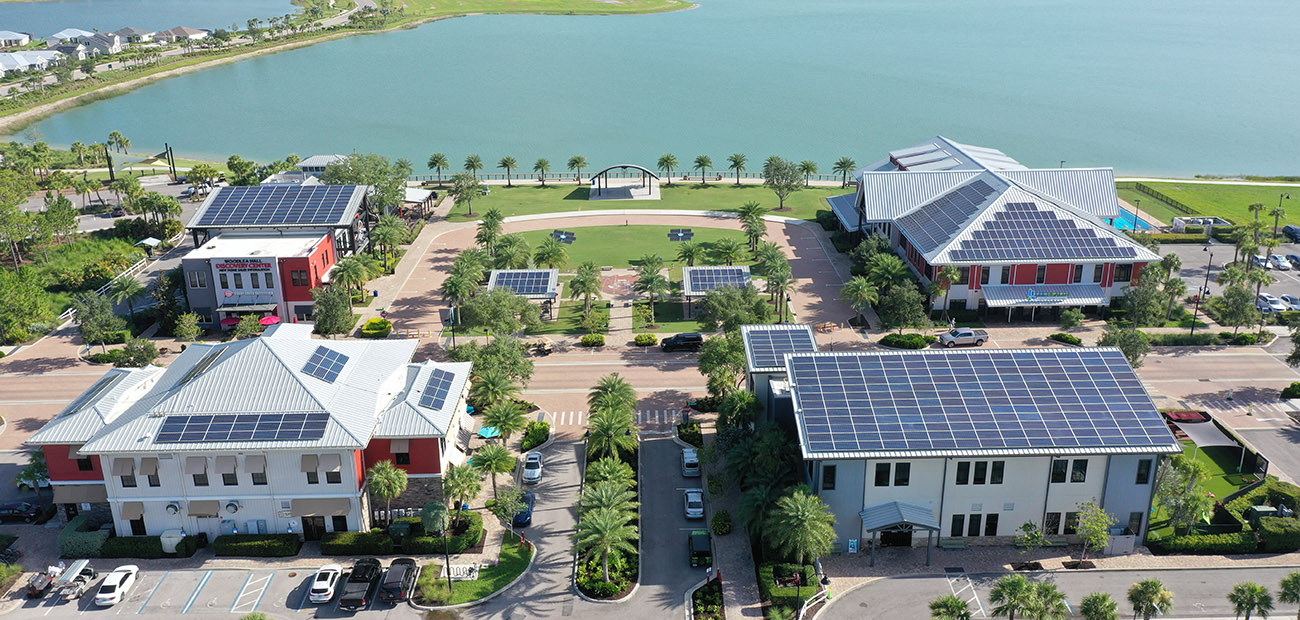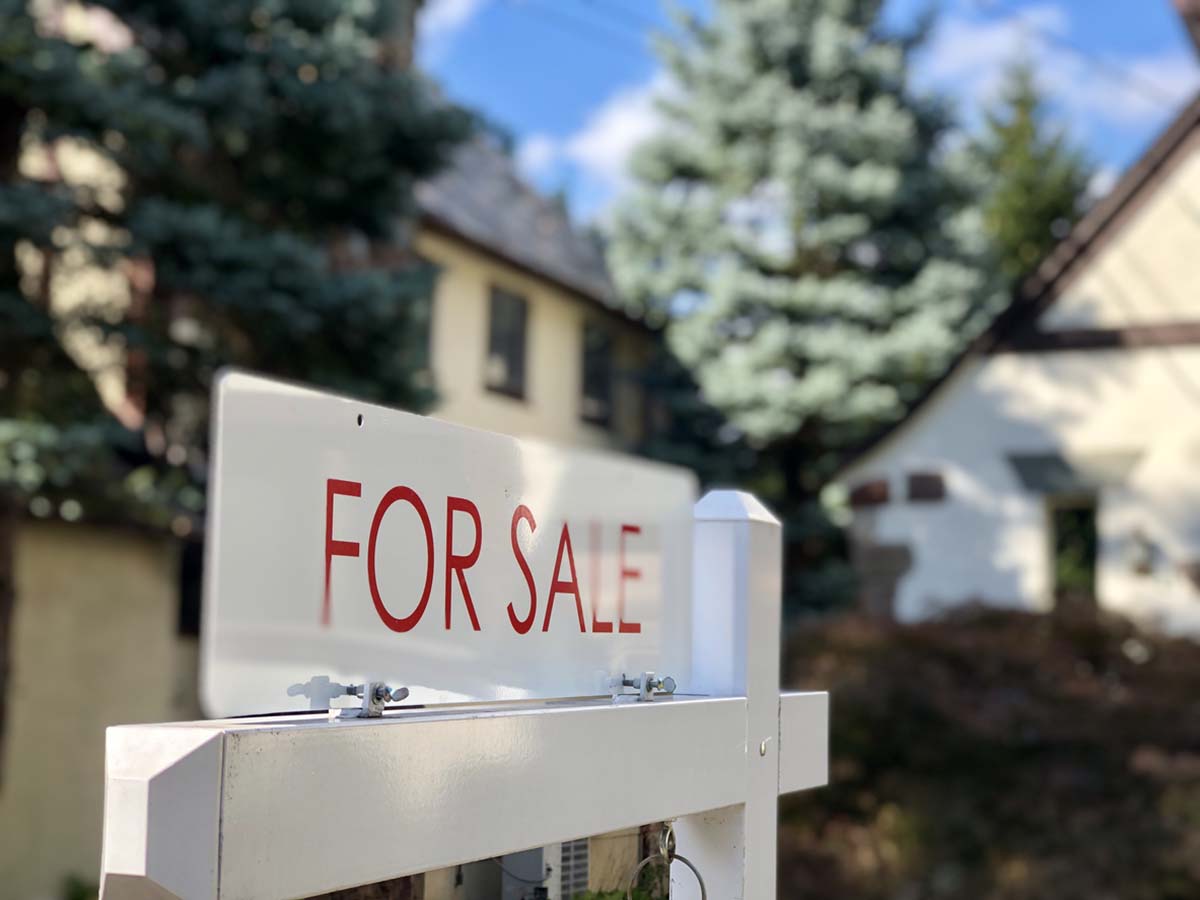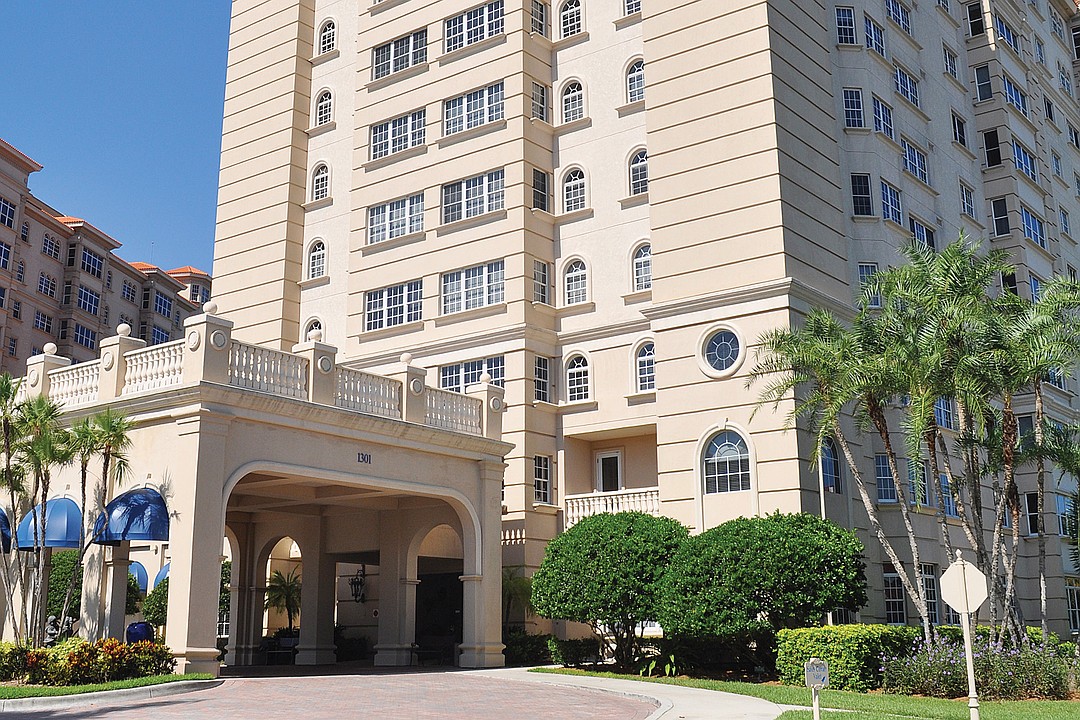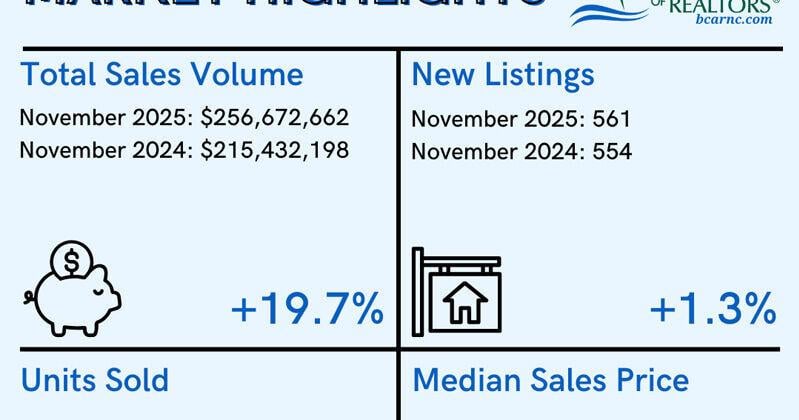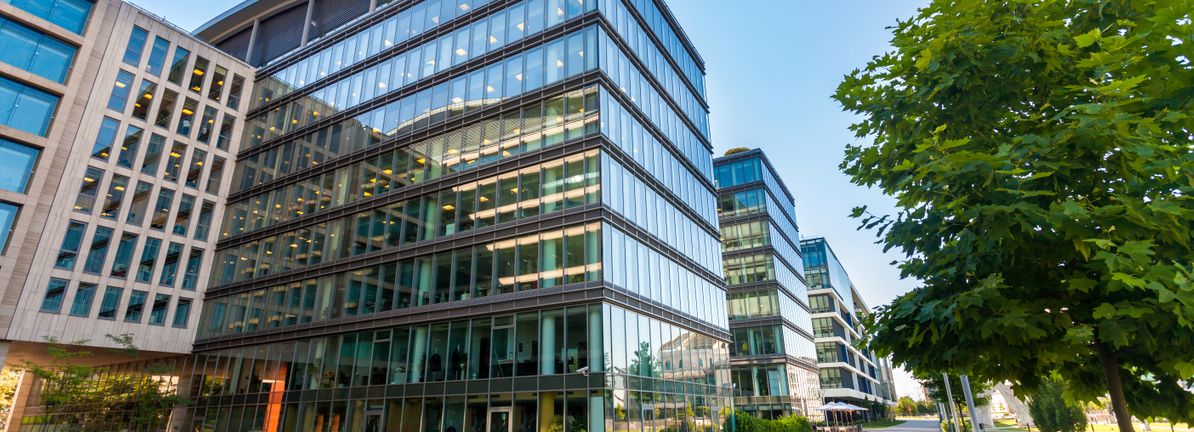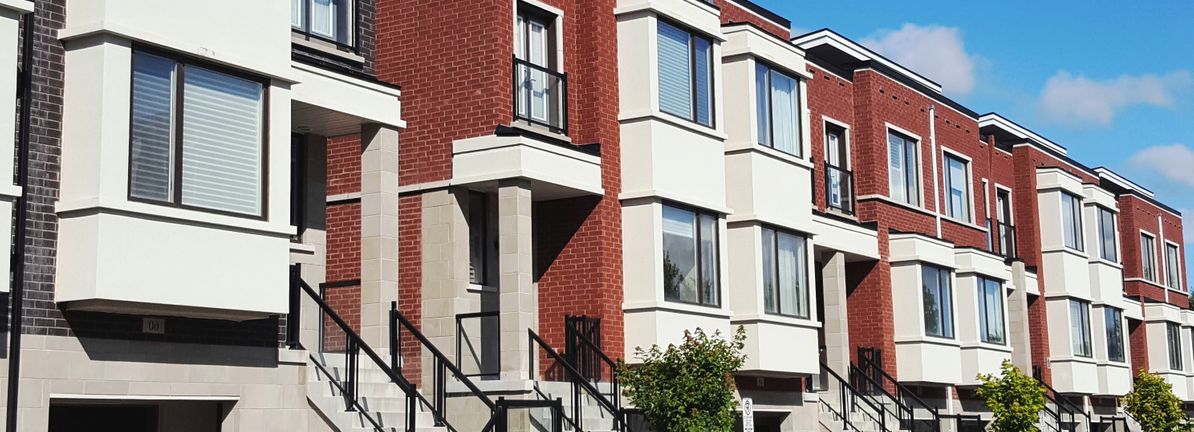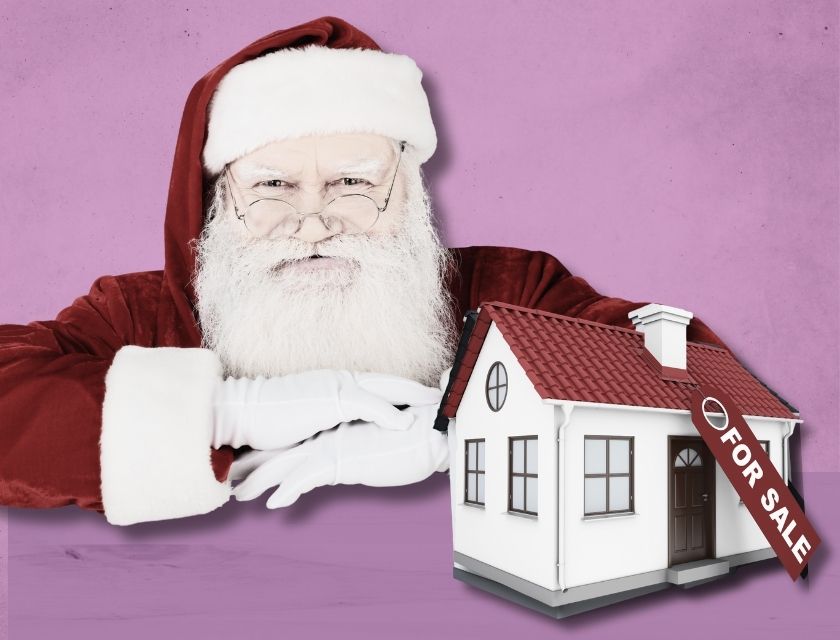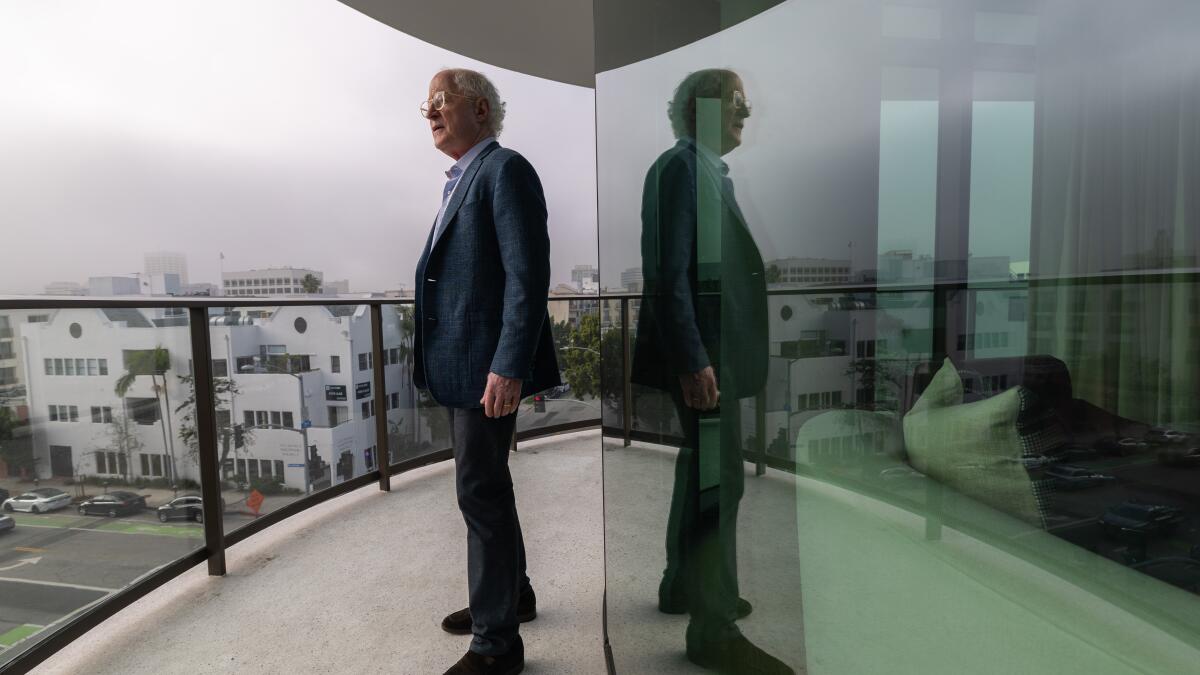M
ore homeowners are demanding spaces that feel good as well as look good, and they’re willing to pay a premium. Homes and communities built around wellness are fetching resale prices 10 %–25 % higher, while commercial properties can charge 4.5 %–7.5 % more per square foot, the Global Wellness Institute reports.
The America at Home Study, which surveyed 6,000 U.S. consumers, found wellness to be the top purchase motivator. Respondents said they would trade square footage, even forgo garages, to live in a place that better supports health and connection.
This shift has spawned a new sector—wellness real estate—worth $548 billion worldwide, according to the Global Wellness Institute, a Miami‑based nonprofit focused on preventive health.
Research backs the trend. GWI cites studies showing that 80 %–90 % of health outcomes, disease risk and longevity depend on environmental and lifestyle factors rather than genetics. Teri Slavik‑Tsuyuki, co‑chair of GWI’s Wellness Communities and Real Estate Initiative, notes that wellness‑oriented homes and communities report higher physical activity, lower chronic disease rates, and greater resident satisfaction.
Wellness design goes beyond gyms or trails; it weaves health into everyday routines—cooking, relaxing, neighborly interaction. It means creating homes and neighborhoods from the ground up that nurture well‑being, a goal that current building supply still struggles to meet.
Key pillars of wellness design include:
• **Physical health** – clean air, clean water, natural light, movement‑friendly spaces.
• **Mental health** – quiet corners, restorative bathrooms, low‑stress layouts.
• **Social connection** – walkable streets, gathering spots, opportunities to engage neighbors.
• **Financial wellness** – smaller, flexible homes that cut operating costs.
• **Environmental sustainability** – energy efficiency, storm resilience, smart resource use.
Inside the home, biophilic design is popular: natural finishes, ample daylight, earth‑tone palettes, and seamless indoor‑outdoor links. The 2025 Houzz Bathroom Trends Study shows that one in four homeowners uses their primary bathroom for relaxation, prompting upgrades such as soaking tubs, dimmable lighting, and water features.
At the community level, people‑first design manifests as narrower streets, wider sidewalks, bike lanes, shade trees, and rear‑placed garages that encourage front‑yard activity and neighbor interaction.
Buyers prioritize features that boost health, cut costs, and reduce environmental impact: modern kitchens (29 %), energy‑efficient insulation and HVAC (25 %), whole‑house water filtration (22 %), whole‑house air filtration (22 %), and solar battery or backup generators (18 %). Community amenities most desired are access to nature (54 %), walkability to cafés and casual eateries (49 %), trails (48 %), small parks with seating and shade (45 %), and larger parks or event spaces (44 %).
Developers leading the wellness wave include Rancho Mission Viejo in Orange County, which preserves 75 % of its 14,000‑home site as open space. Eighty‑three percent of residents report that living there supports their wellness, and resale prices are 12 % higher than nearby communities.
Babcock Ranch in southwest Florida is often called the nation’s first planned community built around health, wellness, and sustainability. Designed by Syd Kitson, the 17,000‑acre development houses 22,000 homes, 6 million square feet of commercial space, and more than 100 miles of trails. Solar power dominates, and the infrastructure is storm‑resilient, proven by multiple hurricanes. Community events—Food Truck Fridays, weekend concerts, everyday walkability—foster social connection and activity. Housing ranges from single‑family homes in the $200,000s to over $1 million, plus condos, townhomes, apartments, and rentals. Kitson notes that seeing families enjoy the lifestyle confirms the community’s success in offering a healthy, safe life.
The trend signals a seismic shift in real estate: buyers are willing to sacrifice extra square footage for a lifestyle that promotes wellness and connection. Developers and planners now face an opportunity—and a responsibility—to make this shift a reality.
